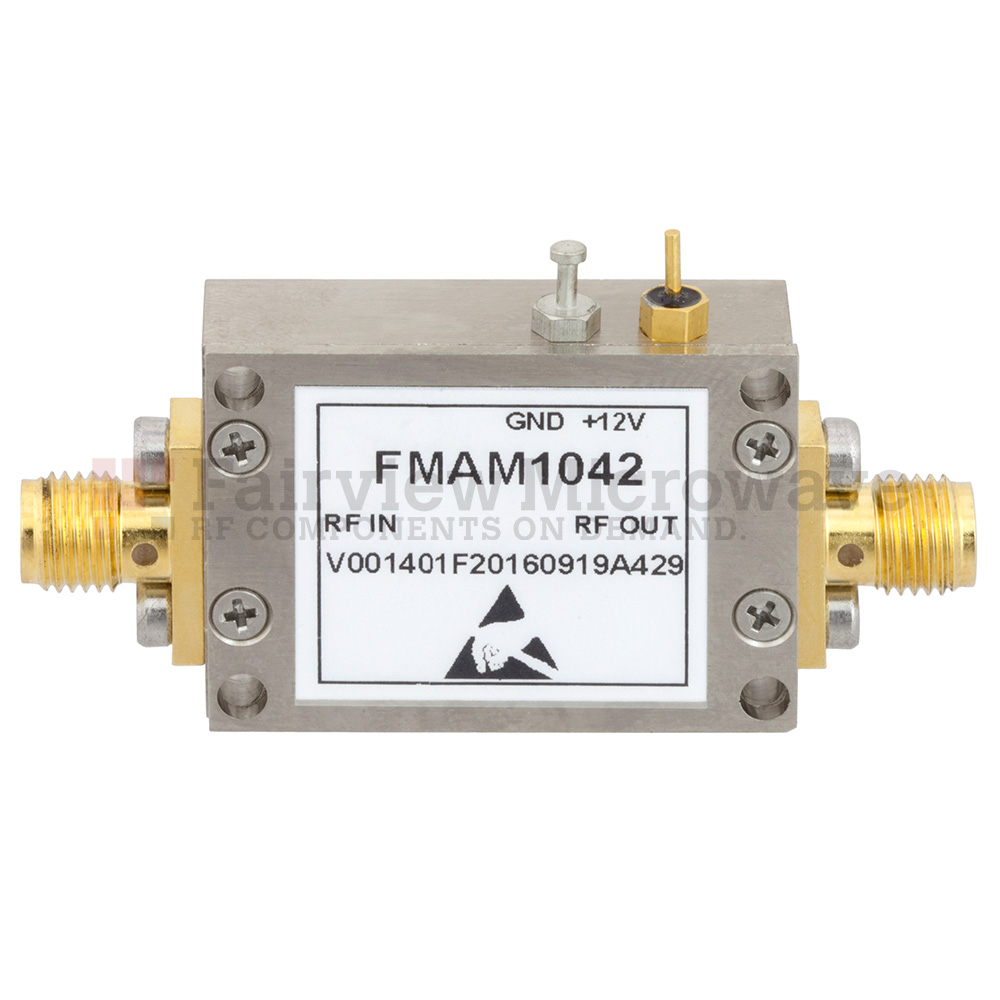RF Amplifiers are used to add power to an RF signal. The type of RF amplifier used depends on where in the signal chain that a higher gain signal is needed. The input and output characteristics of an RF amplifier dictate the appropriate use of a given amplifier, and this is why there are several varieties of RF amplifiers for each potential use case. The following is part 1 of a two-part brief overview of the common RF amplifier types, though there certainly others, and even hybrid amplifier and custom amplifier designs.

Low Noise Amplifier (LNA) and Low Phase Noise Amplifiers (LPNA)
Low noise amplifiers (LNAs) are designed specifically to provide gain to very low signal levels while introducing minimal noise into the signal chain. This is why LNAs are generally found in the signal chain where there are very low signals that need to be processed or injected, and any added noise could degrade communication or sensing functions. Hence, LNAs are often found in the signal chain close to the receiving side of the antenna, or between an oscillator and the LO port of a mixer.
Low phase noise amplifiers (LPNA) are a variation of LNAs that are designed with an emphasis on having low added phase noise (jitter). LPNAs are used in place of typical LNAs in communication systems that are sensitive to phase noise, such as high order modulated communication signals used in WiFi and 5G.
Power Amplifier (PA)
Power amplifiers (PAs) are tasked with providing gain to signals intended to be at relatively high power levels for a given system. PAs are generally used before the transmission section of the signal chain before an antenna. The input power signal to a PA is often at a general high power level for transmission and several PAs may be cascaded to reach the desired output power level to the antenna. Given that high RF power levels are involved, PAs tend to require substantial thermal management, and in some cases are assembled into sophisticated PA modules or cabinets depending on the desired output power level and characteristics of the signal.
Bidirectional Amplifier (BDA)
A Bi directional amplifier (BDA) is a combination of a LNA and PA, or multiple sets, that is used to bolster a signal’s strength intended to travel relatively long distances. BDAs are often used in repeater stations or interspersed along lengths of transmission line cable to extend the capabilities of wired and wireless communication links.
To learn more about bidirectional amplifiers, read this post.
Broadband Amplifier or Wideband Amplifier
A broadband amplifier is similar to an LNA, in that the goal is to add gain to relatively weak signals with minimal added noise. However, broadband amplifiers are specifically designed to have a very wide frequency range of operation so that they can be used somewhat like general purpose amplifiers anywhere in the signal chain where added gain with minimal added noise is needed.
To read Part 2 of this post, please follow this link.


